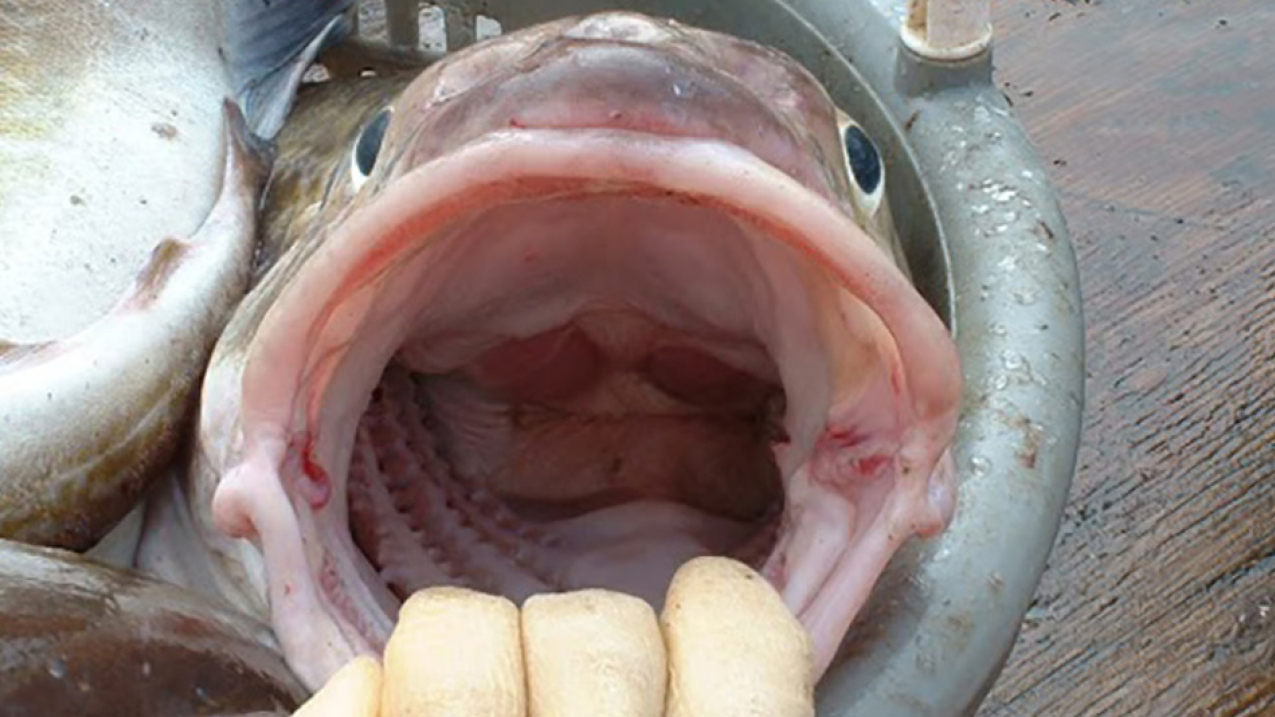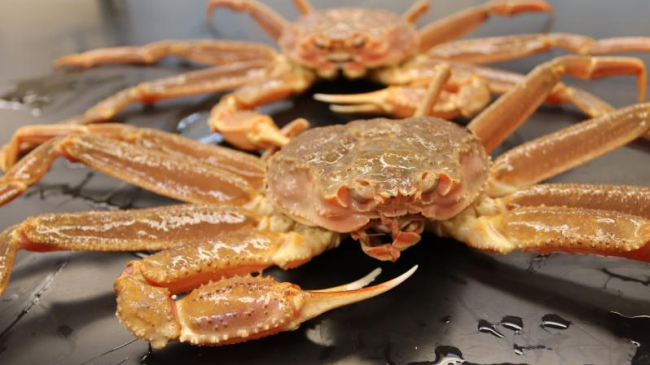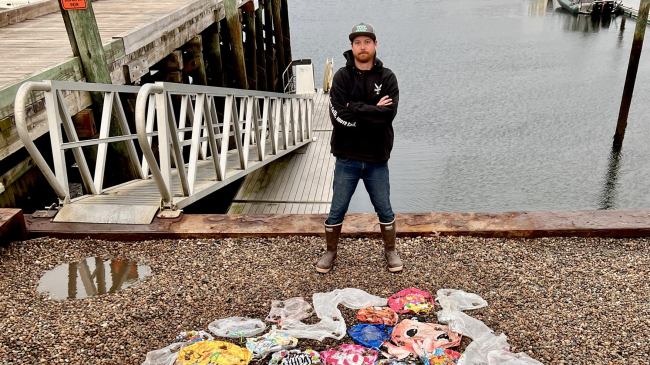
Inspecting cods' stomachs for prey can yield needed information for scientists. (Image credit: NOAA Fisheries - Alaska region)
Ever wonder how scientists monitor populations of mysterious marine creatures like the octopus, who spend much of their life hiding at the bottom of the ocean floor?
If you are a NOAA scientist in Alaska, you might want to do a gut check — not your own, but into the stomach of a Pacific cod, one of the octopus' predators. By examining the stomachs of cod in the Bering Sea and Aleutian Islands, scientists can focus on critical elements of the octopus' population structure, and determine appropriate fishing limits for the reclusive species. Read more from the Alaska Fisheries Science Center about two new web tools that examine the predator-prey relationship and ecosystem trends in Alaska.



